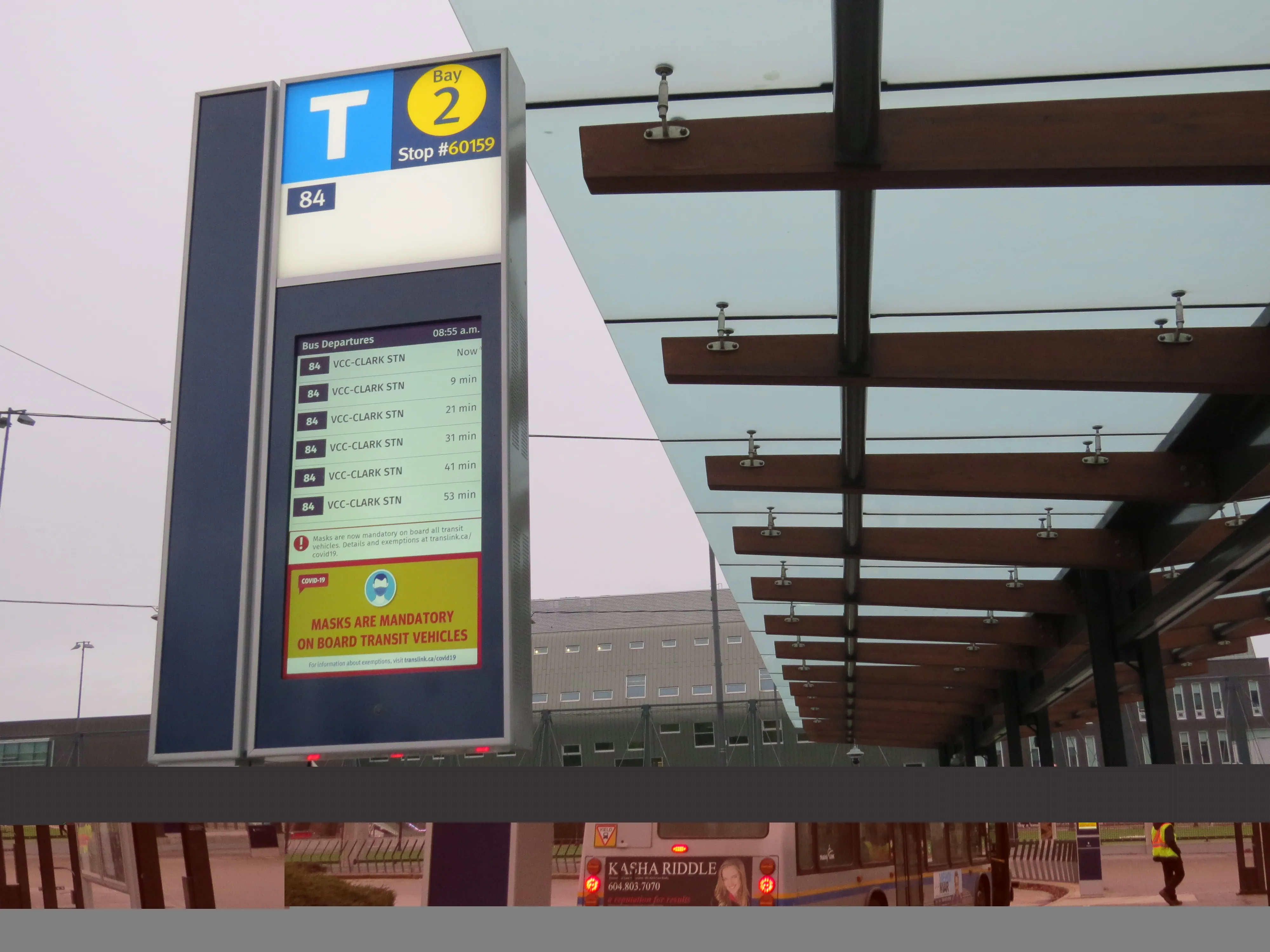Thales says the line will take 780,000 annual rush-hour bus trips off the road and will carry up to 24,000 customers per hour. Once complete, it will run from Trim Road and west to Baseline Road and Moodie Drive across 29 stations spanning a distance of 40km.
The CBTC moves block signalling technologies to actively manage the track in real-time by providing the location and speed of trains while maintaining communications with all parts of the system, the company adds.
According to Thales, this increases the line’s efficiency by allowing the system to run trains closer together while maintaining safe operating distances.
As part of the deal, Thales will integrate control units on each train and install guideway equipment, including zone controllers.
Thales installs signalling technology for Ottawa line extension
Thales is to provide its SelTrac Communications Based Train Control (CBTC) system for the City of Ottawa’s Stage 2 O-Train Confederation Line Extension project in Canada.
Thales says the line will take 780,000 annual rush-hour bus trips off the road and will carry up to 24,000 customers per hour. Once complete, it will run from Trim Road and west to Baseline Road and Moodie Drive across 29 stations spanning a distance of 40km.
The CBTC moves block signalling technologies to actively manage the track in r
June 26, 2019
Read time: 2 mins








